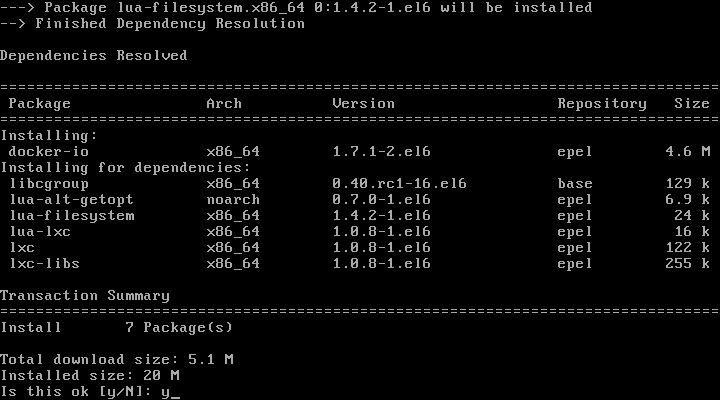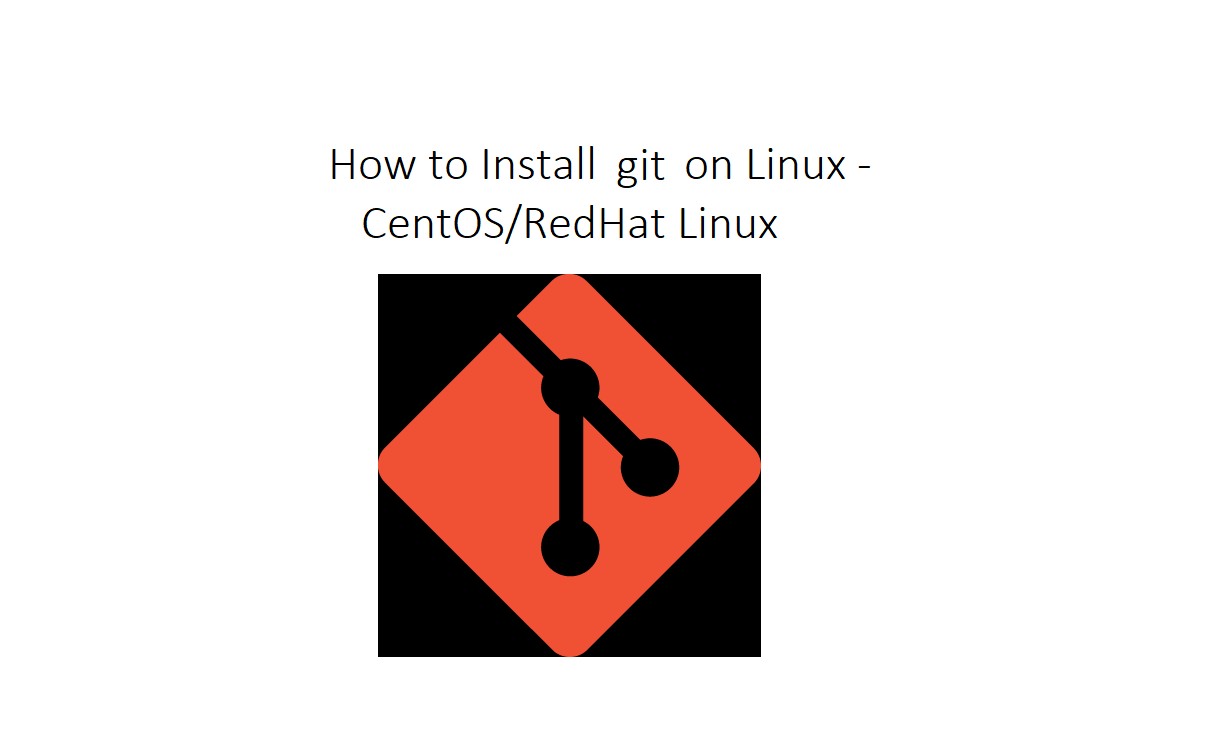- Install Docker On Centos 8.1
- Install Docker On Centos 7 Offline
- Install Docker On Centos 7 Using Ansible
I’m just getting started with Docker. I’ve thought for years that containerization is a great idea, but I haven’t actually done anything with containers yet. Time to get started.
There are two versions of Docker – Docker CE (Community Edition) and Docker EE (Enterprise Edition). If you have a small-scale project, or you’re just learning, you will want to use Docker CE. In this tutorial, learn how to install Docker on Ubuntu 18.04. This article will help you to install Java 11 on CentOS 7/6, RHEL 7/6 Linux system. Step 1 – Search Java Packages. The OpenJDK rpm packages are available under the AppStream repository. Use the following command to search available Java packages under configured yum repositories. Sudo dnf search openjdk Step 2 – Install Java 11 on CentOS. $ docker commit 4f0b435cdbd7 man-centos $ docker run -i -t man-centos root@953c512d6707 /# man man No manual entry for man. Now we have a CentOS container where man is already installed. I can’t (that I know of) inspect the container and know whether or not man is installed without running it.
I ran through a couple tutorials on the Docker docs site and created a cloud.docker.com account to get some basic familiarity.
I found the CentOS container repository on Docker Hub: https://hub.docker.com/_/centos/
Let’s try running it!
$ docker pull centos
$ docker run centos
Did it do anything? It looks like it did something. At least, it didn’t give me an error. What did it do? How do I access it?
$ docker container ls
CONTAINER ID IMAGE COMMAND CREATED STATUS PORTS NAMES
Nothing is actively running. That makes sense, because we’re not telling the containerized OS to do anything — it starts, it doesn’t have anything to do, and so it shuts down immediately. Instead we can tell it to run interactively and with a terminal by specifying a couple options:
-i, --interactive (“allocate a pseudo-TTY”, i.e. a terminal)
-t, --tty
(see docker run --help for details)
$ docker run -i -t centos
[root@4f0b435cdbd7 /]#
I’m in!
What if I want to modify the container? Right now it is pretty bare-bones. For example, this doesn’t even have man installed:
[root@4f0b435cdbd7 /]# man man
bash: man: command not found
[root@4f0b435cdbd7 /]# yum install man
...
[root@4f0b435cdbd7 /]# man man
No manual entry for man
Quite the improvement! Now we need to save our change:
[root@4f0b435cdbd7 /]# exit
$ docker commit 4f0b435cdbd7 man-centos
$ docker run -i -t man-centos
[root@953c512d6707 /]# man man
No manual entry for man
Progress! Now we have a CentOS container where man is already installed. Exciting.
I can’t (that I know of) inspect the container and know whether or not man is installed without running it. That’s fine for many cases, but next I will attempt to figure out how specify via a Dockerfile that man is installed.
Installing Docker on Ubuntu is simple because Ubuntu provides Docker in its repositories. However, Docker is not available in CentOS's default repositories.
Fret not, there are three ways you can install docker on a CentOS Linux system.
- Using docker's repository
- Downloading the RPM
- Using helper scripts
Here, I'll walk you through the installation process of Docker CE using docker's RPM repository.
Docker CE stands for Docker Community Edition. This is the free and open source version of Docker. There is Docker EE (Enterprise Edition) with paid support. Most of the world uses Docker CE and it is often considered synonymous to Docker.
Installing Docker on CentOS
Before going any further, make sure you have the system updated. You can update the CentOS using:
Step 1: Add the official repository
Add docker's official repository using the following command
You should also update the package cache after adding a new repository:
Step 2: Install Docker CE
Install Docker On Centos 8.1
The trouble with using a custom repository is that it may have dependency issue if you try installing the latest version of docker-ce.
For example, when I check the available versions of docker-ce with this command:
I got docker-ce-3:19.03.9-3.el7 as the latest version. But the problem in installing the latest version is that it depends on containerd.io version >=1.2.2-3. Now, this version of containerd.io is not available in CentOS 8.
To avoid this dependency cycle and battling them manually, you can use the --nobest option of the dnf command.
It will check the latest version of docker-ce but when it finds the dependency issue, it checks the next available version of docker-ce. Basically, it helps you automatically install the most suitable package version with all the dependencies satisfied.
To install docker in CentOS without getting a migraine, try this command and see the magic unfold on your terminal screen:
You'll be prompted to import a GPG key, make sure the key matches to 060A 61C5 1B55 8A7F 742B 77AA C52F EB6B 621E 9F35 before entering 'y'.
containerd.io is a daemon for managing containers. Docker is just one form of Linux containers. To make the various types of container images portable, Open Container Initiative has defined some standards. containerd is used for managing the container images conforming to OCI standard.

Setting up docker on CentOS
Alright! You have docker installed but it's not yet ready to be used yet. You'll have to do some basic configurations before it can be used smoothly.
Run docker without sudo

You can run docker without any sudo privileges by adding your user to the docker group.

The docker group should already exist. Check that using the following command:
If this outputs nothing, create the docker group using groupadd command like this:
Now add your user to the docker group using the usermod command:
Change the user_name in the above command with the intended user name.
Now log out and log back in for the group change to take effect.
Start docker daemon
Docker is installed. Your user has been added to the docker group. But that's not enough to run docker yet.
Before you can run any container, the docker daemon needs to be running. The docker daemon is the program that manages all the containers, volumes, networks etc. In other words, the daemon does all the heavy lifting.
Start the docker daemon using:
You can also enable docker daemon to start automatically at boot time:
Verify docker installation by running a sample container
Everything is done. It's time to test whether the installation was successful or not by running a docker container.

To verify, you can run the cliché hello-world docker container. It is a tiny docker image and perfect for quickly testing a docker installation.
If everything is fine, you should see an output like this:
Here's what the command is doing behind the hood:
- The docker client, i.e. the command line tool that you just used, contacted the docker daemon.
- The daemon looked for hello-world docker image in the local system. Since it doesn't find the image, it pulls it from Docker Hub.
- The engine creates the container with all the options you provided through the client's command line options.
This hello-world image is used just for testing a docker installation. If you want a more useful container, you can try running Nginx server in a container like this:
Once the command is done running, open up a browser and go to http://your_ip_address:56788. I hope you know how to know your IP address in Linux.
Install Docker On Centos 7 Offline
You should see nginx server running. You can stop the container now.
I hope this tutorial helped you in installing docker on CentOS. Do subscribe for more Docker tutorials and DevOps tips.
Become a Member for FREE

Install Docker On Centos 7 Using Ansible
Join the conversation.
